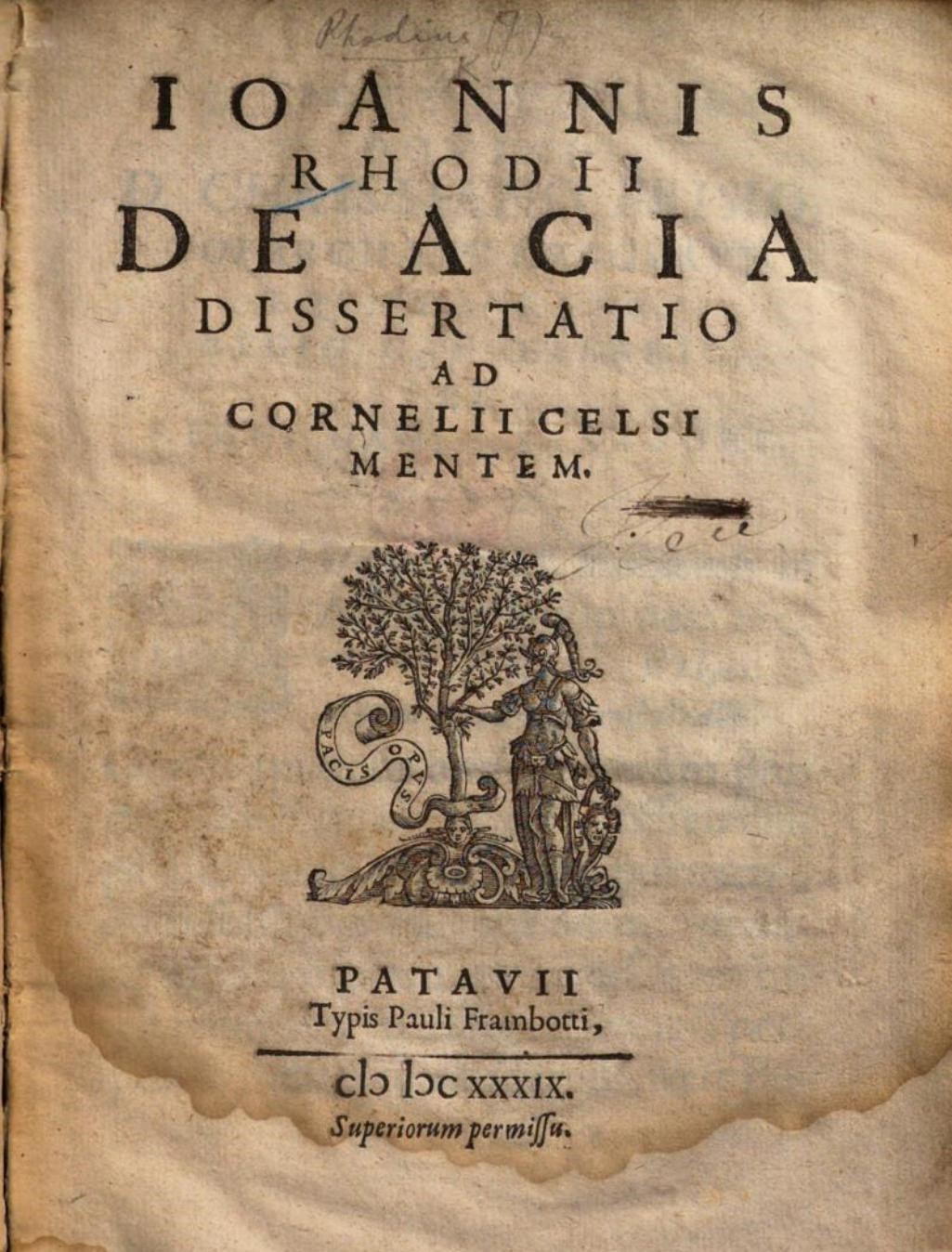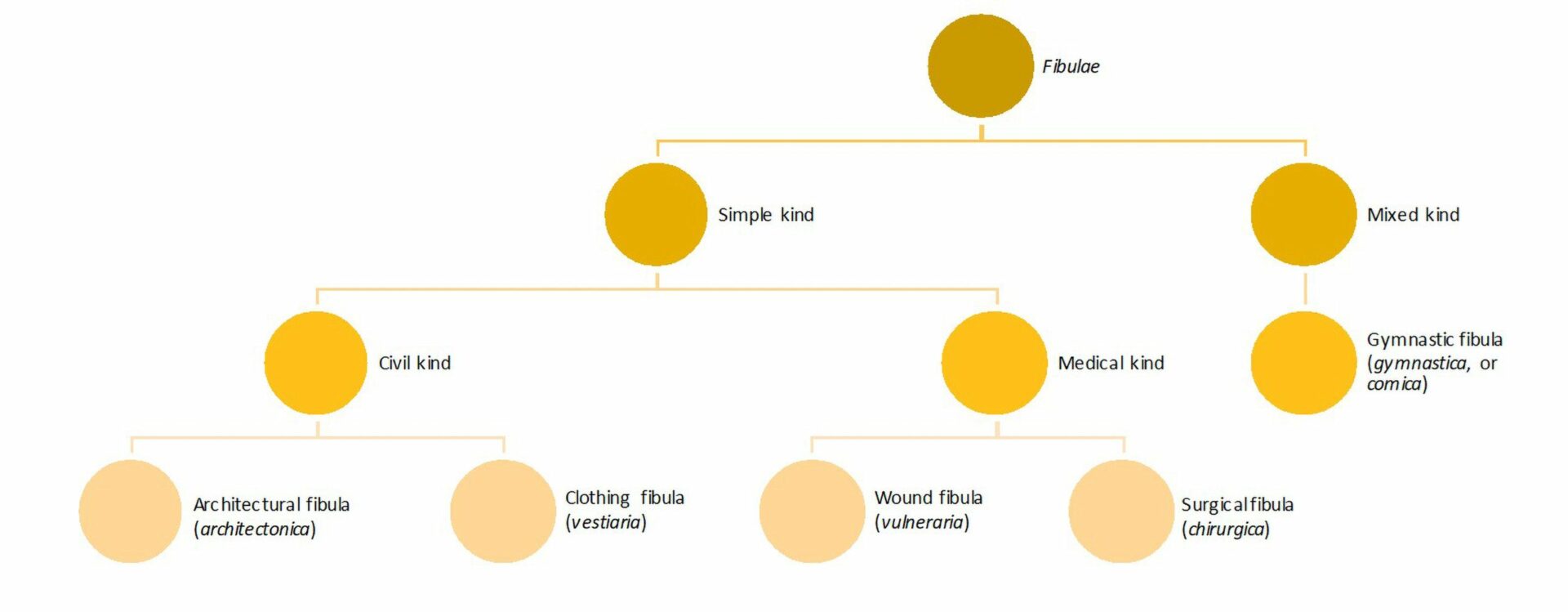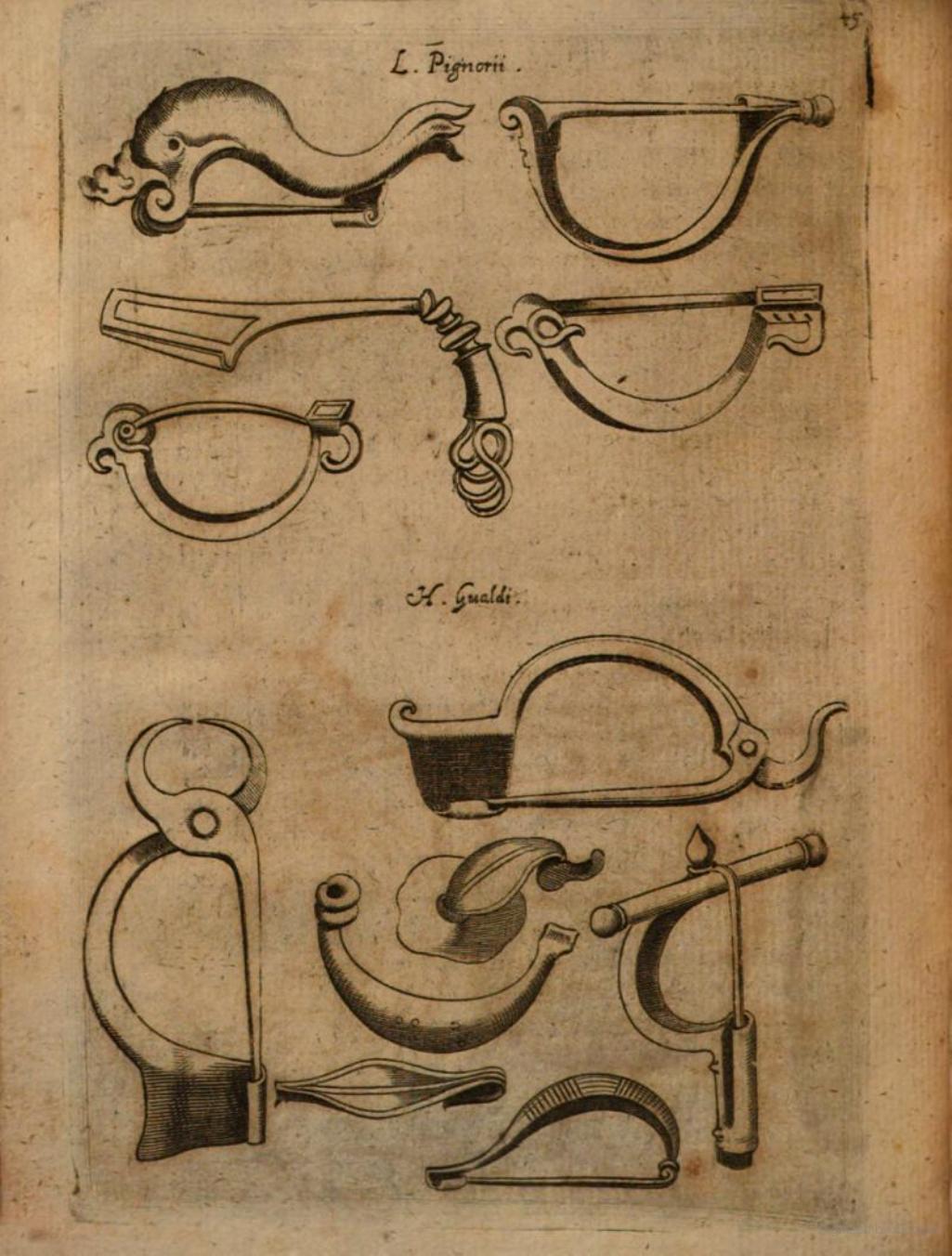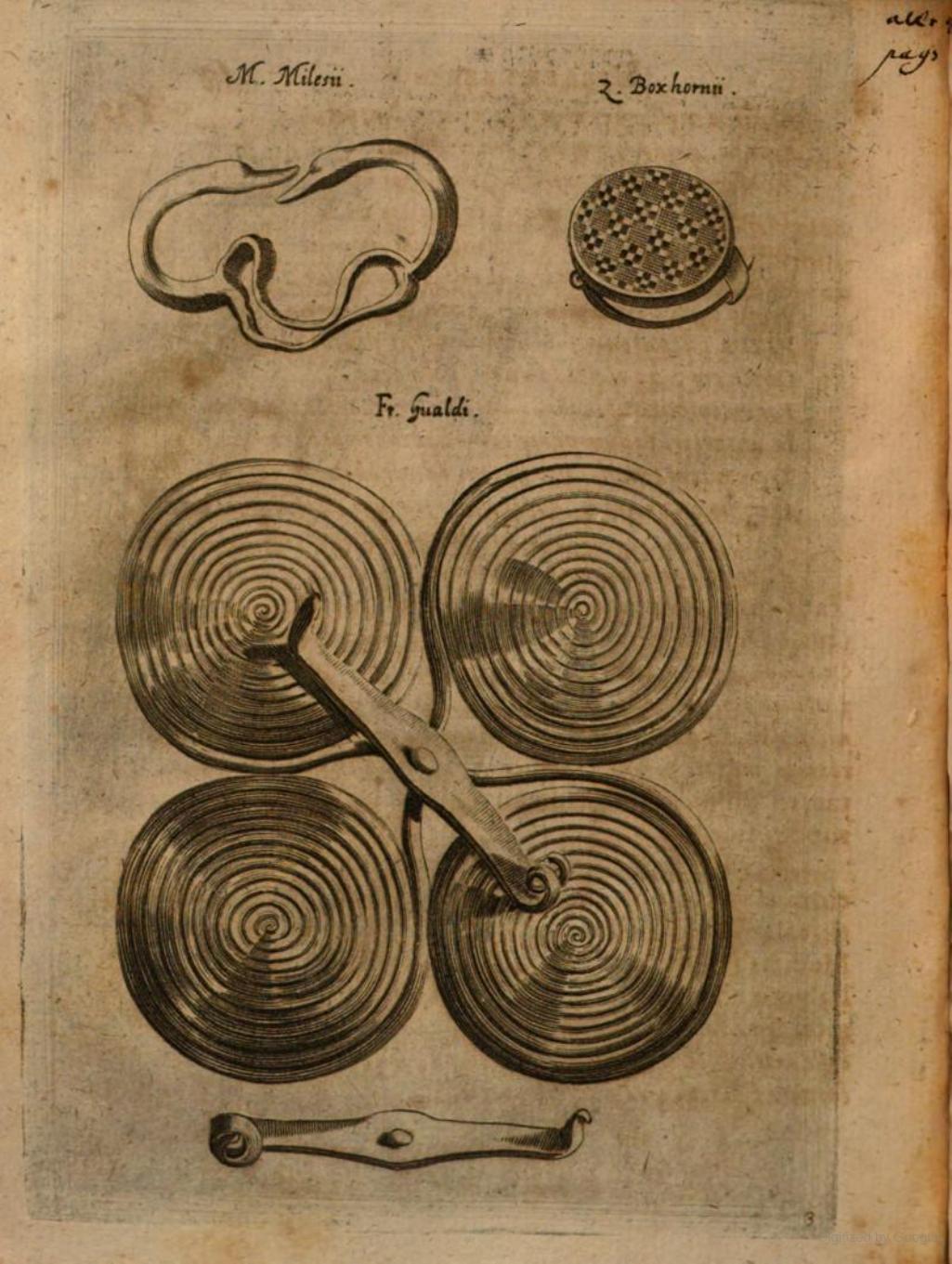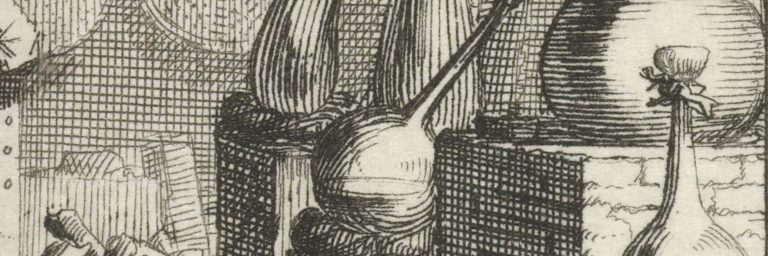Surgical Thread in Early Modern Europe

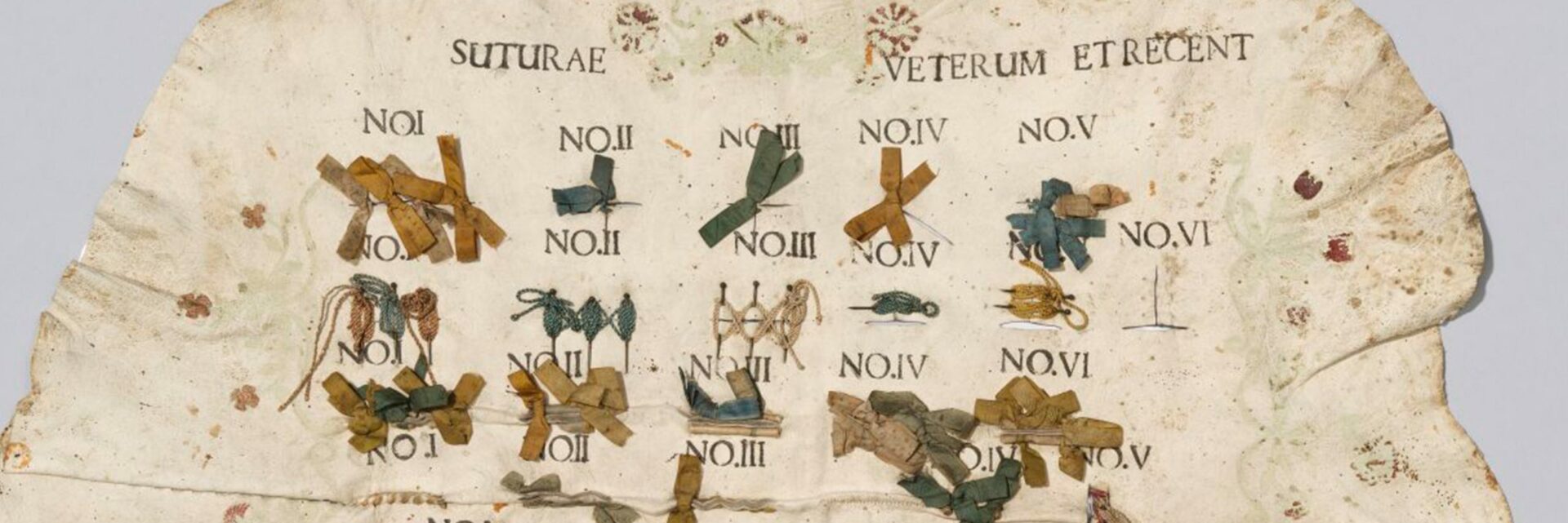
FORMA FLUENS
Histories of the Microcosm
On the Gown or in the Skin?
Surgical Thread in Early Modern Europe
Silvia Maria Marchiori
University of Cambridge
Comèl Grant
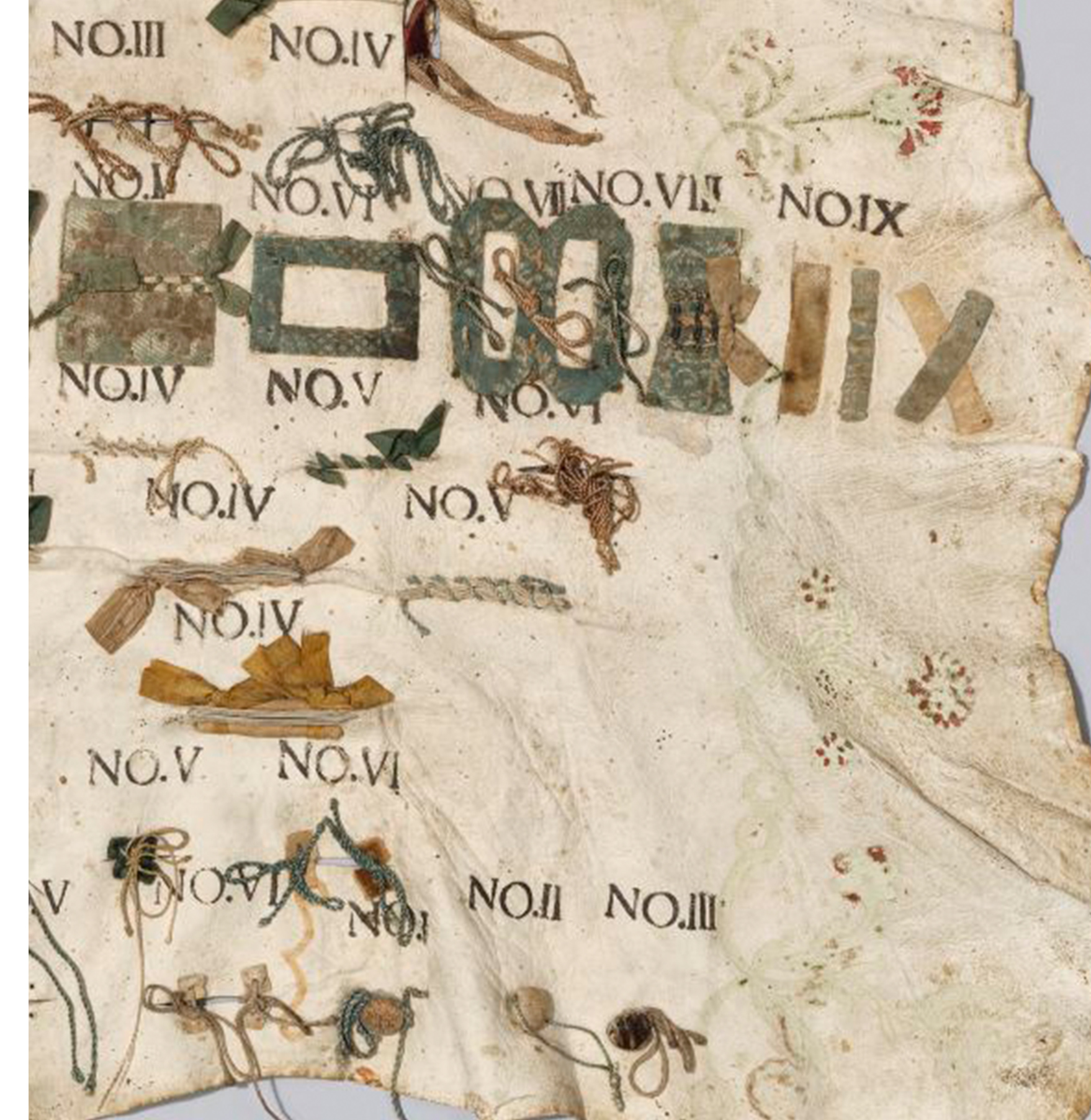
Would you be comfortable with your doctor’s uncertainty about whether to suture your wound with silk thread or metallic wire?
In early modern Europe, while surgical techniques benefited from anatomical advancements and bedside apprenticeship, learned physicians still relied on ancient sources to learn how to perform complicated surgery, but also to suture wounds. Academic-trained physicians, knowledgeable in Greek and Latin, had to understand their primary sources by the textual exegesis of old, unclear, and often corrupted manuscripts. Would it then bother you that your doctor spent most of his time poring over ancient manuscripts? Arguably, the answer for the wealthy seventeenth-century citizens of Padua was no. Before resorting to other forms of healing, which coexisted and competed with learned medicine, they would probably look for the most erudite physician at the local university, as his academic reputation and philological expertise would assure his treatments’ efficacy.
This article focuses on the figure of Johann Rhode (1587-1659), a Danish philologist and physician who resolved the quarrel over the meaning of acia. But what was acia? The answer requires travel back in time. In the first century AD, the encyclopaedical writer Aulus Cornelius Celsus wrote eight books on medicine in order to teach his Roman patrician readers how to administer their own health. In the Renaissance, Celsus became one of the most lauded medical authors, especially for his interpretation of Hippocratic writings and his polished Latin. In the fifth book of On Medicine, Celsus cryptically stated that:
If the wound is in the flesh, and gapes, and its margins are not easily drawn together, then a suture (sutura) is unsuitable; fibulae — the Greeks call them ancteres — are then to be inserted, which draw together the margins to some extent and so render the subsequent scar less broad. […] The suture or fibula should take up, not only skin but also some of the underlying flesh, where there is any, that it may hold more firmly, and not tear through the skin. And both are best used with an acia not too closely twisted that it may cause less irritation to the body, and both should be inserted at intervals not too distant or too close. […] if too close, it is very hurtful, for the more often the needle (acus) pierces the tissues, and the more places are wounded by the inserted stitches, the worse is the inflammation set up, especially in summer. [1]
Besides learning that stitching too closely was not recommendable during sultry summer days, early modern physicians were puzzled by the word acia. Did Celsus mean thread or wire? Was acia similar to a fibula, a metallic clasp used to pin gowns and perform a genital surgery called infibulation? Or was it something else? Early printed copies of On Medicine reported different versions, either acia or acus, and early modern interpreters debated over its meaning.
The controversy over acia grew from debates between two Spanish scholars, Alonso Núñez and Francisco de Rioja, in the early seventeenth century. The royal physician Núñez claimed that acia was a metallic needle, while the poet Francisco de Rioja asserted that acia meant linen or silk thread. Their arguments survive in the works of Jean-Jacques Chifflet and Francisco de Figueroa, published in the early 1630s. Chifflet supported Núñez (team needle), Figueroa supported Rioja (team thread).[2] By showcasing their erudition, command of classical languages, and medical expertise, they were all competing for the favor of Gaspar de Guzmán, count of Olivares, whose patronage could grant prominent positions at the Spanish court.
In their debates, Chifflet and Figueroa displayed philological expertise, comparisons of ancient and modern sources, and references to first-hand experience. Both commented on ancient sources like Vergil and Martial, and on early modern accounts by Gabriele Falloppio and Girolamo Fabrici d’Acquapendente. Chifflet mainly focused on etymology, and he stated that his purpose was not to report the best way to use acia for suturing but to understand its meaning in Celsus’ times. He concluded that Celsus’ acia was not exactly a needle, as Nuñez claimed, but instead a thread made out of flexible metal that could be gently twisted to form a suture. Figueroa, instead, addressed in detail the techniques for bandaging and suturing, and interpreted acia as linen or silk thread.[3]
“Equally excellent physician and philologist,” to quote the words of his countryman Thomas Bartholin, Johann Rhode was born in Denmark and studied natural philosophy in Wittenberg and Basel. In 1622, he enrolled at the University of Padua, where he held the chair of simples from 1631 to 1633.[4] Rhode was knowledgeable in classics and mastered Latin and Greek, belonging to a generation of medical humanists characterized by antiquarian interests. Rhode debated classical Latin pronunciation and Petrarch’s poems, commented on the first-century medical writer Scribonius Largus, and worked on a new edition of Bartolomeo Castelli’s medical lexicon. At the same time, he practiced medicine, took part in bedside consultations, and collected his observations in the Observationum medicinalium centuriae tres.[5]
Rhode’s interest in Celsus grew from his medical education but developed in accordance with his passion for antiquities. In libraries in Rome, Venice, Florence, Milan, and Urbino, he consulted ancient manuscripts for a critical edition of On Medicine, which was never completed. His major work on Celsus, in fact, concerns surgical threads. First printed in 1639, Rhode’s treatise On Acia aimed to solve the difficulties that came from the ambiguity of this mysterious word. By pursuing medical interests through antiquarian studies on objects, Rhode aimed to complement purely textual philology with insights into ancient material life. In the 1672 posthumous reprint of On Acia, Rhode’s friend Thomas Bartholin added images of brooches and other antiquities that depicted the clasps described by Rhode, mapping a European community of collectors that exchanged letters and archeological findings. [6]
Silvia Maria Marchiori is a PhD student in the Department of History and Philosophy of Science at the University of Cambridge. Merging the standpoint of intellectual history with the emerging focus on practical procedures, her PhD project examines the reception of Cornelius Celsus’ De medicina in the Middle Ages and the early modern age. By exploring the encounters of textual transmission and practical medical applications, her research enforces the elision of boundaries between learning and practice. Her work explores the overlooked and unexpected consequences of medical humanism, focusing on hybrid case studies where De medicina emerged as a meaningful text for topics that are not immediately considered to pertain to the canonical definition of academic humanism nor to the standard accounts of vernacular, mechanical knowledge.
To Rhode, the controversy over acia was an excuse to address a variety of themes that concerned culture and material life in classical antiquity, and to display his mastery of ancient literature. He first isolated the different meanings and types of fibula according to Greek, Roman, Jewish, and Arabic writers, before turning to the meaning of acia according to Celsus.
Figure 3. Rhode’s classification of fibulae
Rhode enquired into architectural fibulae, probably toggles, mentioned in Vitruvius, Cato, and Caesar, which he contextualized with the help of the writings of early modern architects and painters. To address the fibula vestiaria, Rhode explained the use of clasps in ancient shoes and clothing. In addition to literary sources, Rhode appealed to archaeological evidence. He reported the fifteenth-century exhumation along the Appian Way of the body of a young woman, believed to be Cicero’s daughter, who wore a tunic and a fibula.
Figures 4-7. Ancient fibulae from the collections of (in order) Claudio Menetri, Giovanni Battista Casali, Francesco Angeloni, Alessandro d’Este, Heinrich Ernst, Lorenzo Pignoria, Girolamo Gualdi, Marzio Milesi, Marcus Zuerius van Boxhorn, and Francesco Gualdi. Rhode, On Acia (ed. 1672), tables inserted between pp. 62-63.
The fibula gymnastica belonged to the classical world of theater. Infibulation was customary among ancient actors, who preserved their youthful voices through the positioning of a light metal ring on the genitals. Rhode found references to this practice in Celsus, Martial, Juvenal, and Galen. He quoted Girolamo Mercuriale’s De arte gymnastica to discuss ancient gymnastics; and from Titus van Popma’s commentary on Curtius Rufus’ De rebus gestis Alexandri Magni, he added that Romans performed infibulation to preserve their slaves’ health and women’s virginity.
Finally, Rhode addressed the fibula vulneraria and chirurgica, which he later compared to acia. He framed Celsus’ description of fibulae with citations from the Galenic corpus and early modern commentaries, and he described early modern suturing techniques as reported by Mariano Santo, Roderigo de Fonseca, Guido Guidi, and Fabrici, among others.
Rhode argued that if sutures, to which acia belonged, were metal, then they would be the same as fibulae. Celsus, instead, clearly distinguished between these terms. Rhode concluded that Celsus’ acia was silk or preferably linen thread that physicians used either as a fibula to join the margins of wounds by tightening the flesh in depth; or in sutures, as superficial closely-spaced stitches that rejoined delicate body parts.
The controversy over acia exemplifies a case of reception of ancient sources that tied together philological interests, antiquarianism, and surgical practice. To Rhode, understanding how to suture wounds required not only philological investigations and a complete command of ancient literature, but also archeological work, comparisons of textual and visual evidence, and medical expertise. Sutures, which apparently consisted in a manual, artisan-craft technique, actually could only be performed thanks to the equally laborious technique of erudition.



